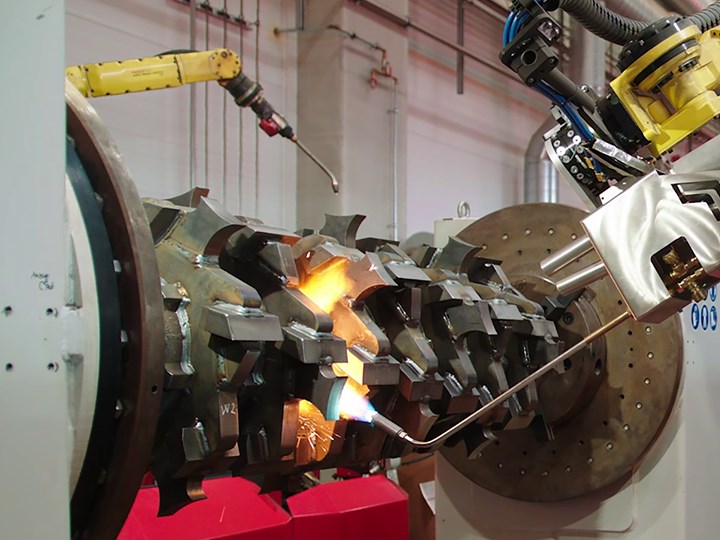Lindner Recycling Opens New Headquarters
Recycling solutions supplier marked its 75th anniversary with the opening of its new headquarters in Austria.
, supplier of shredders and other recycling solutions, announced the grand opening of its new headquarters in Spittal/Drau, Austria. The new plant doubles the production area to 150,000 ft2. According to Manuel Lindner, owner and managing director at Lindner, the increased area will be used to increase capacity and bring the manufacture of many machine parts in-house.

Austria-based Lindner’s new headquarters.
Photo Credit: Lindner
Production capacity is also expected to benefit from automation, with physically intensive processes shifting from employees to production machines. Lindner cites increasing demand for its recycling equipment as the impetus for its investment, which totaled around 48.5 million euros.
The new site also includes around 38,000 ft2 of office space. The building is designed to be energy independent, with high efficiency mechanical systems and photovoltaic panels.

A fully automatic circular welding machine is used for producing Urraco shafts, the heart of Lindner’s mobile twin-shaft shredders.
Photo Credit: Lindner
Lindner was founded in 1948. In 2013, the subsidiary Lindner Washtech was created to develop and install complete washing and sorting systems for thermoplastics.
Related Content
-
NPE2024 Wrap-Up: Sustainability Dominates Show Floor News
Across all process types, sustainability was a big theme at NPE2024. But there was plenty to see in automation and artificial intelligence as well.
-
Multilayer Solutions to Challenges in Blow Molding with PCR
For extrusion blow molders, challenges of price and availability of postconsumer recycled resins can be addressed with a variety of multilayer technologies, which also offer solutions to issues with color, processability, mechanical properties and chemical migration in PCR materials.
-
How to Optimize Color Evaluation of Recycled Plastics
The right color measurement instrument and good working methods will minimize variability in color evaluation of PCR.



